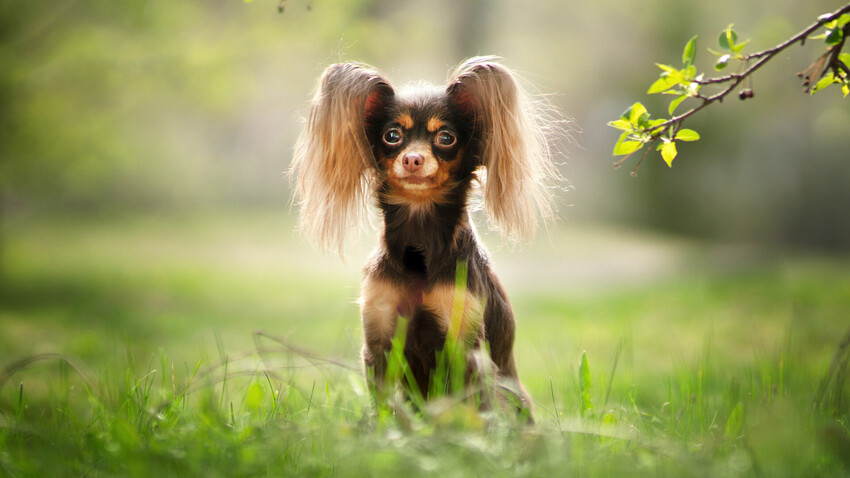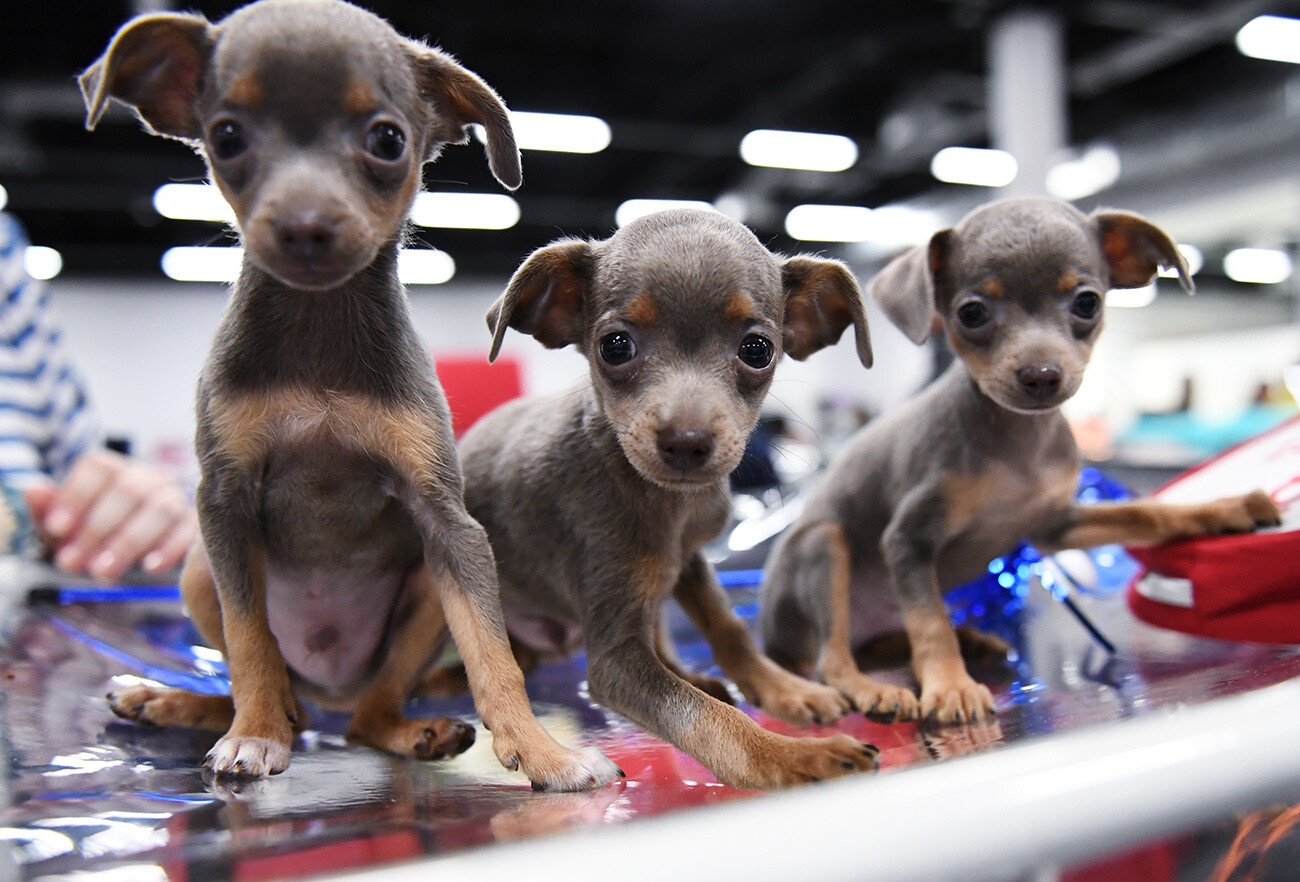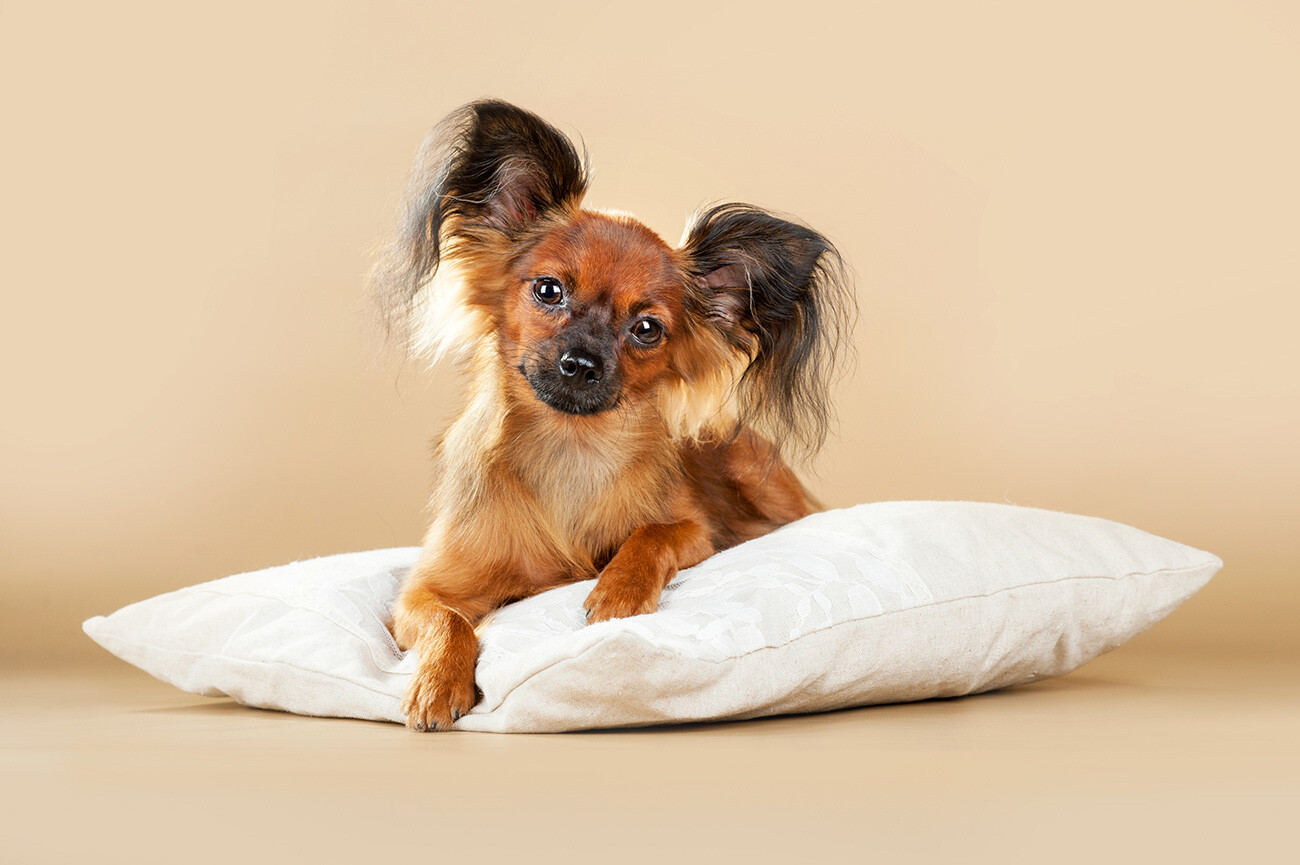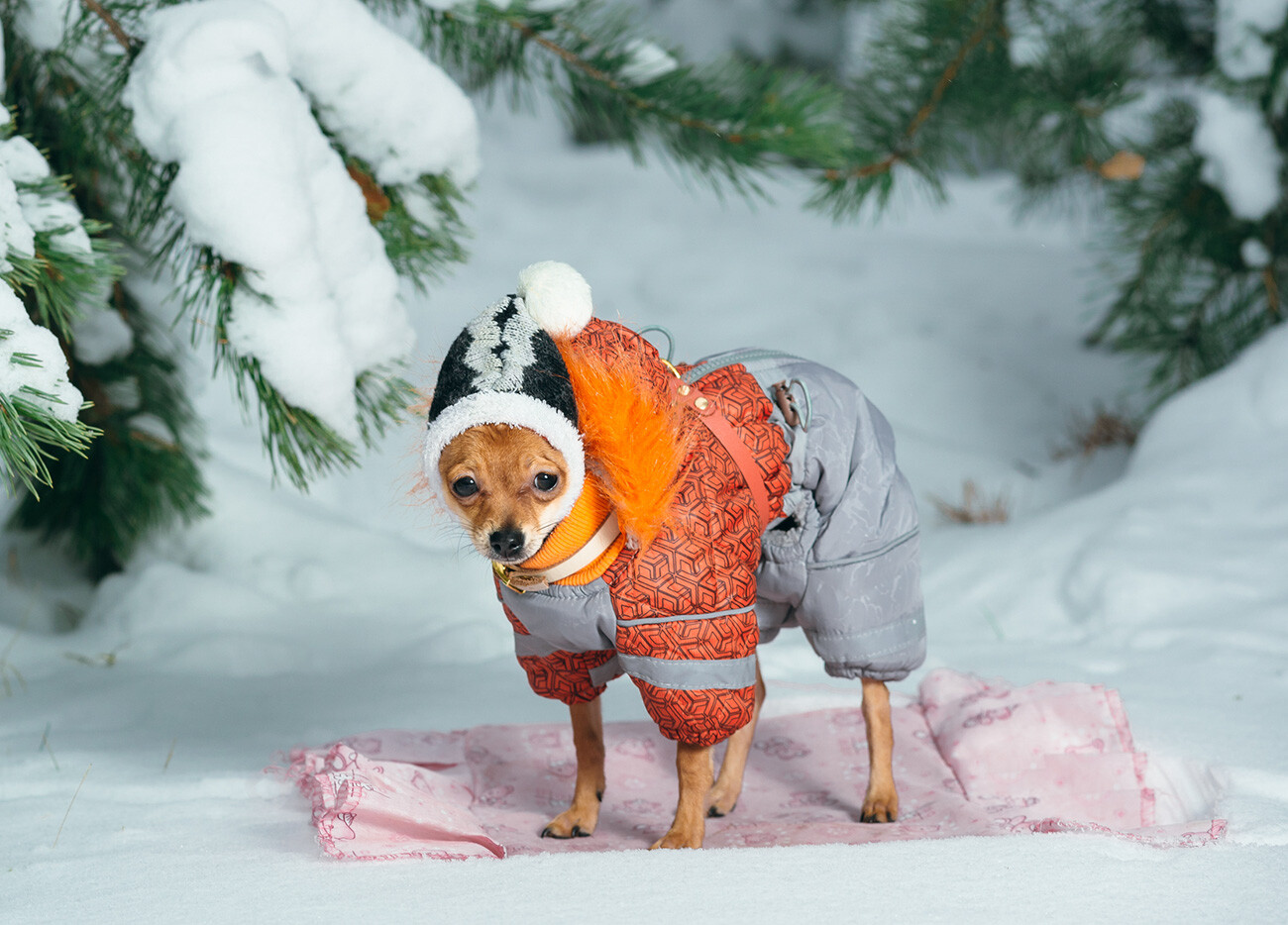

Before the revolution, small decorative breeds were very popular in Russia, with English Toy Terriers especially prized. But, after that, interest in breeding them almost died out. Only in the 1950s did cynologists decide to create a new type of small companion dog. And it turned out even better - two varieties, smooth-haired and long-haired.

In 1997, the first unified breed standard was approved. In 2006, both varieties - the Moscow Longhaired Toy Terrier and the Russian Smooth-Haired Toy Terrier - were united under the common name ‘Russky Toi’ (‘Russian Toy’). Eleven years later, the breed was recognized by the FCI.

It is a small, elegant dog (when fully grown, its average height is 22-27 cm) with a perky tail and large erect ears has a cheerful and affectionate character. Rich colors with tan points - black, brown, blue, lilac, red with black or brown - immediately distinguish it from all others. And the "fringe" on the ears and tail of the long-haired variety emphasizes its graceful silhouette.

Dogs of this breed look like toys, but this is only one of the many advantages of the breed. They are ready to participate in long walks and travel or play sports: Russian Toys love to participate in agility games and even in dog dances, which invariably delight the audience!
Dear readers,
Our website and social media accounts are under threat of being restricted or banned, due to the current circumstances. So, to keep up with our latest content, simply do the following:
If using any of Russia Beyond's content, partly or in full, always provide an active hyperlink to the original material.
Subscribe
to our newsletter!
Get the week's best stories straight to your inbox